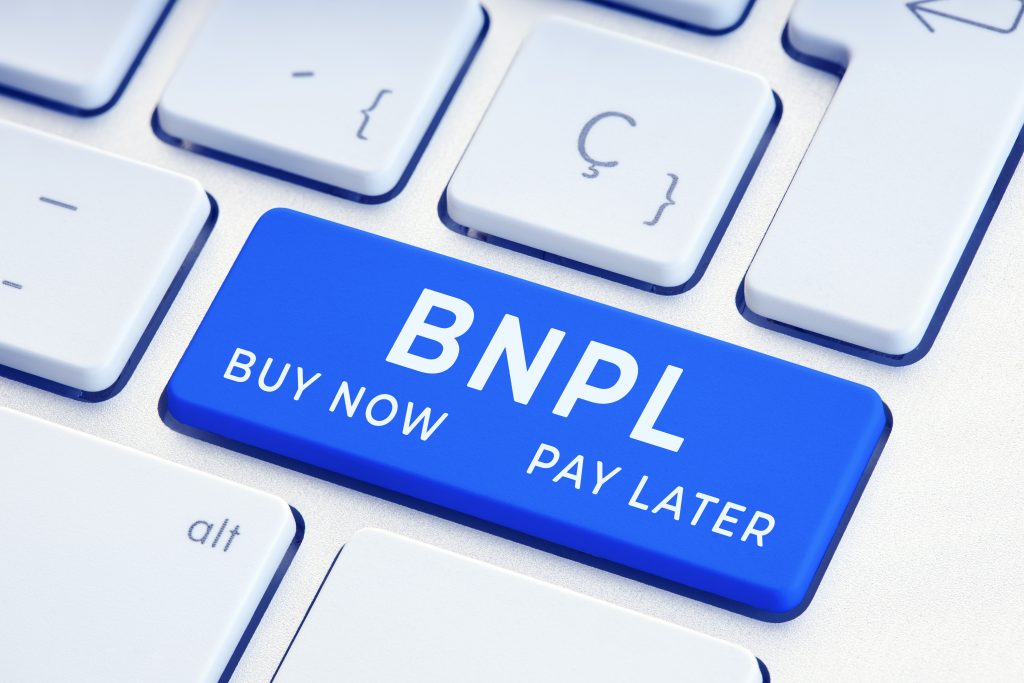According to the U.S. Small Business Association, small businesses make up 99.9% of the nation’s business landscape. With such a large pool, one would expect that seamless access to financial services would be fairly easy to come by.
But that isn’t necessarily the case. In fact, according to Capgemini’s 2022 World Payments Report, 89% of small businesses feel underserved by their primary banks and are considering a shift to a more accommodating alternative payments technology provider. That’s because these alternative providers are often able to offer more flexible underwriting criteria and repayment terms at an only slightly higher interest rate.
This statistic is noteworthy because banks have every opportunity to meet the needs of their small and medium-sized enterprise (SME) customers—and they’re incentivized to do so now more than ever given economic headwinds, the cost of capital, and new standards such as ISO 20022, which provides banks with more information than they’ve ever had access to.
Essentially, now is the time for banks to open up even more their balance sheets to an emerging yet underdeveloped market opportunity. That is, making the process of providing working capital solutions to SMEs more convenient and readily available.
Meeting Market Demand
It’s not enough for banks to offer traditional lines of credit and term loans, which require a lot of time, effort and paperwork. Instead, banks can and should take a play out of the consumer-payments playbook and offer flexibility throughout the payment process. It’s like buy now, pay later (BNPL) for small businesses.
Banks are in a much better position than most alternative providers to offer this type of credit solution. That’s because they have an established customer base and are often more trusted given their longevity. Banks are also well-versed in regulatory requirements, and they tend to be more stable in terms of revenue and funding, which are hurdles alternative providers continue to face.
As newer companies continue to weigh the impacts of potential regulations, market volatility and funding challenges, larger financial institutions (FIs) can step in now to meet the demands of SMEs. By offering installments, banks have an opportunity to access another revenue stream while growing an underdeveloped market. What’s more, if they move on to more complex offerings with a consumer-like user experience, they’re in an even better position to solidify relationships with their SME customers.
Bringing Consumer-Like Payments to SMEs
SMEs often have limited cash flow, and banks can help manage this by offering a lower-risk line of credit, which safeguards the bank while saving SMEs money. Advanced installment options allow banks to interact directly with SMEs along their journeys, further cementing the relationship by providing a better customer experience with a retail banking feel.
For example, let’s say a general contractor needs to purchase new equipment to drive efficiency on job sites. Rather than paying the full price upfront or taking out a loan, the general contractor can alert their bank of the upcoming purchase, and the bank can, in turn, offer the owner to pay for the equipment in installments based on the bank’s risk decisioning and management infrastructure.
Taking this a step further, banks can also make this offer at the point of sale or after the purchase has been made, giving the general contractor—and all small-to-medium-sized enterprise owners—more control over their cash flow. Like the benefits of BNPL for consumers, SMEs no longer have to hold off on larger purchases that can help set them up for success and longevity.
The next logical question is, how can commercial banks make installments a reality for SMEs? The answer points back to modernization. There are a host of payment technology providers that can help FIs modernize their technology to capitalize on the latest demands from SMEs, including installments. But to choose the right partner, banks need to consider how the paytech provider can help them meet their goals with installments without disrupting other products or business lines. Other considerations include the flexibility of the solution, cloud capabilities and the level of customization.
Since the installments space has yet to fully mature with no real leader coming to the fore—especially for SME customers—there’s a massive opportunity for FIs to capture transaction revenue. All they need is the right technology to set them on their path toward gaining market share. At the end of the day, quicker decision-making and disbursement of credit paired with a rich customer experience is what will keep SME customers from fleeing to alternative providers.
